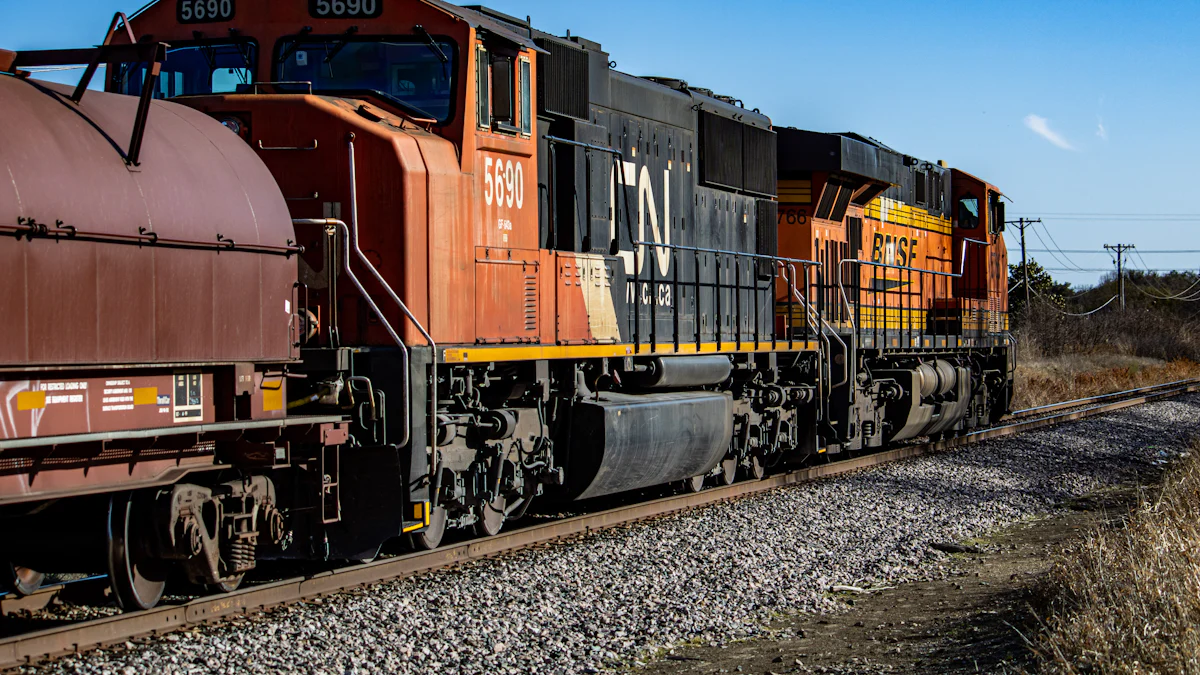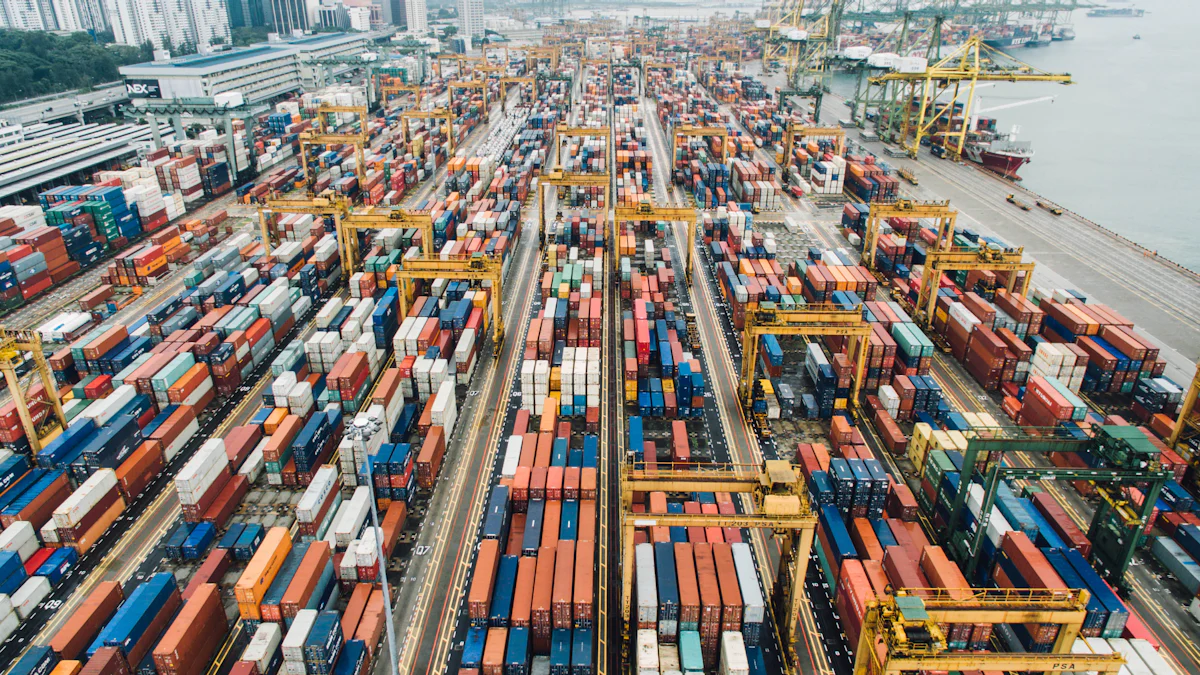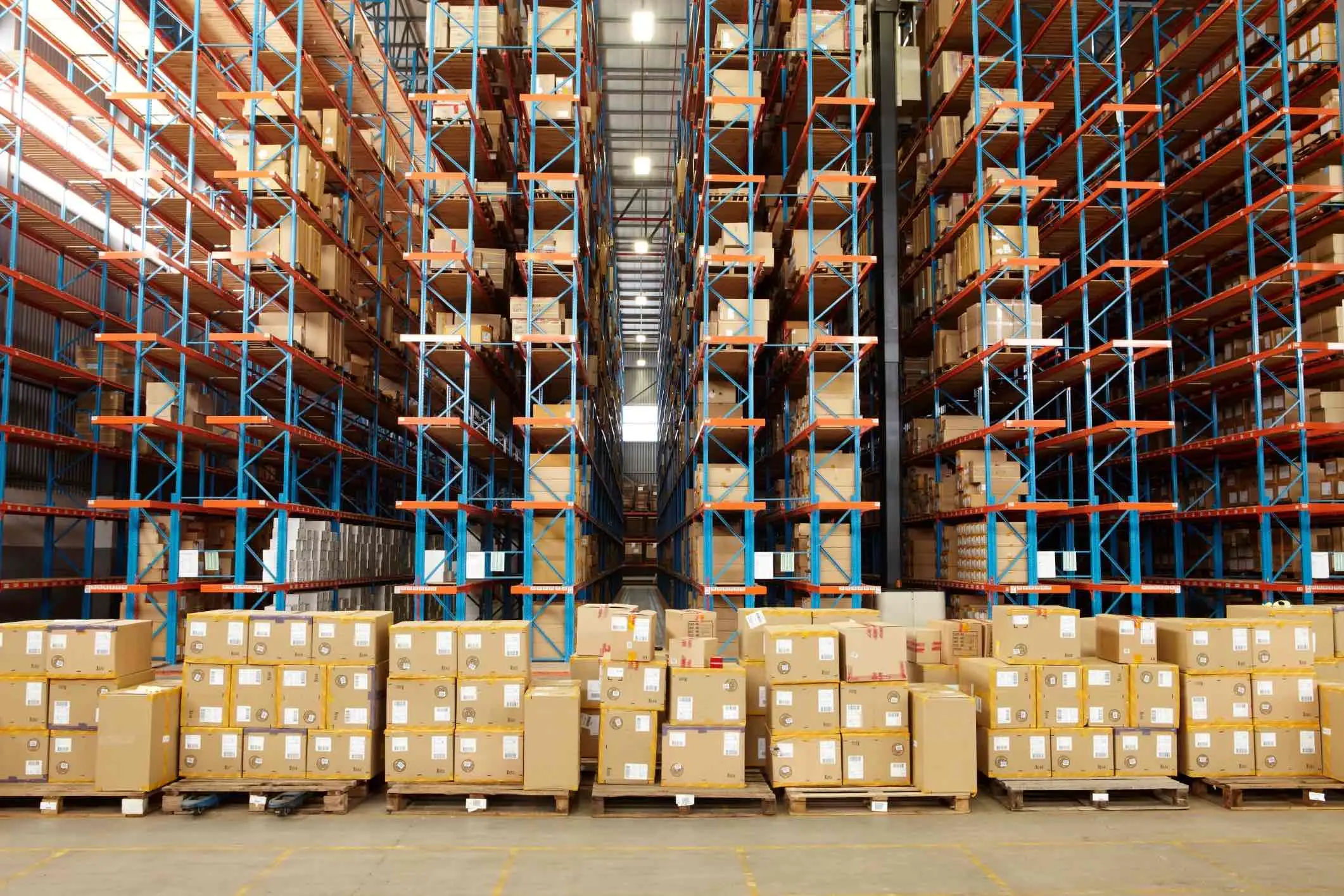Exploring the Expansion of the China-Europe Railway Express

The china europe railway express has transformed global logistics by seamlessly linking Asia and Europe with remarkable efficiency. This extensive network now operates 82 routes, connecting 200 cities across 24 European countries. By cutting transit times by 10-15 days compared to sea freight, it supports just-in-time production models. In January and February alone, 2,928 trains transported 317,000 TEUs, reflecting a 10% year-on-year growth.
Key Takeaways
The China-Europe Railway Express has significantly reduced transit times, offering deliveries between China and Europe in just 15-20 days, making it an ideal choice for businesses needing quick turnaround.
With over 100,000 trains operated and a cargo value exceeding $420 billion, the railway has become a vital link in global trade, enhancing connectivity and supporting just-in-time production models.
The Belt and Road Initiative has been instrumental in the railway's expansion, providing policy support and infrastructure investments that have increased trade volumes and improved logistics efficiency.
Growth and Scale of the China-Europe Railway Express

Increasing Routes and Freight Volume
The China-Europe Railway Express has experienced remarkable growth in its routes and freight volume over the years. In 2011, the network operated only eight routes. By 2020, this number had expanded to 73, reflecting its rapid development. The freight volume also surged significantly. For instance, in 2016, the network transported 21,900 FEUs (Forty-Foot Equivalent Units). This figure rose to 37,000 FEUs in 2017, showcasing its growing importance in global logistics.
Recent data highlights continued growth. A 9% increase in the number of freight trains dispatched was recorded in early 2024. Additionally, the number of TEU containers carried rose by 10% year-on-year. These statistics underscore the increasing reliance on this rail network for efficient trade between China and Europe.
Expansion of Rail Hubs Across Europe and China
The expansion of rail hubs has played a pivotal role in the success of the China-Europe Railway Express. Major cities in China, such as Chongqing, Wuhan, and Chengdu, serve as key departure points. These hubs connect seamlessly to prominent European cities like Duisburg, Hamburg, and Warsaw. This extensive network ensures efficient cargo movement across continents.
The development of these hubs has enhanced connectivity, enabling businesses to access a broader range of markets. It has also facilitated the integration of multimodal transport solutions, further optimizing supply chain operations.
Key Milestones and Achievements
Since its inception in 2011, the China-Europe Railway Express has achieved several significant milestones. The first train departed from Chongqing to Duisburg in March 2011, marking the beginning of a transformative era in rail logistics. Over the years, the network has dispatched more than 90,000 trains, connecting 224 cities across 25 European countries.
As of November 15, 2024, the China-Europe Railway Express has operated over 100,000 trains, with a total cargo value exceeding $420 billion and more than 11 million TEUs shipped.
Several key developments have further solidified its position. In 2016, all direct rail services to Europe in China were unified under the brand "China-Europe Railway Express." The annual number of trains surged from 1,702 in 2016 to over 17,000 by 2023. The time taken to reach 10,000 trains decreased from 90 months to just six months, reflecting its growing efficiency and demand.
Factors Driving Demand for the China-Europe Railway Express
Geopolitical Influences and Trade Policies
Geopolitical factors and trade policies have significantly influenced the demand for the China-Europe Railway Express. Several key developments have contributed to its growth:
Investments in upgrading railway infrastructure, including the addition of new lines and modernization of border facilities.
Active promotion by the Chinese government as part of the Belt and Road Initiative, offering financial support and policy incentives.
Increasing trade volumes driven by globalization, rising consumer demand, and the rapid growth of e-commerce.
Faster transit times and lower costs compared to maritime shipping, making it an attractive option for businesses.
These factors have positioned the railway as a vital link between China and Europe, enhancing its role in global trade.
Rising Demand for Cost-Effective Freight Solutions
The rising need for cost-effective freight solutions has further driven the popularity of the China-Europe Railway Express. Businesses often seek alternatives that balance speed and cost. The railway provides a faster and more economical option compared to sea freight. Rail freight costs from China to Europe typically range between $5,000 and $7,000 per container, making it a cost-effective alternative to air transport. Additionally, the service offers quicker delivery than sea shipping, making it ideal for time-sensitive goods. This balance between cost and delivery speed has made the railway an appealing choice for companies optimizing their supply chains.
Role of the Belt and Road Initiative
The Belt and Road Initiative has played a crucial role in the expansion of the China-Europe Railway Express. The initiative promotes trade demand and provides policy support, enabling the railway's development. Infrastructure projects under this initiative have improved connectivity between China and Europe. The Chinese government actively supports the railway through financial incentives and strategic promotion. These efforts have strengthened the railway's position as a key component of the Belt and Road Initiative, fostering economic ties between the two regions.
Stability and Predictability in Global Supply Chains
Reliability of Rail Transport
The China-Europe Railway Express has established itself as a reliable mode of transportation for global trade. Its ability to minimize the impact of external factors ensures stability in supply chains. During the COVID-19 pandemic, it became the only dependable option when other transportation modes faced disruptions. Even amid current international crises, businesses increasingly rely on this rail network for its safety and predictability.
The following table highlights key metrics that demonstrate the reliability of the China-Europe Railway Express:
Metric | Value |
|---|---|
Freight trips in first two months | 2,928 |
TEUs transported | 317,000 |
Increase in freight trips | 9% |
Increase in TEUs | 10% |
Connected cities in China | 120 |
Connected cities in Europe | 219 |
Number of European countries | 25 |
This extensive network connects 120 cities in China to 219 cities across 25 European countries, ensuring consistent and dependable freight movement.
Reduced Transit Times and Consistent Schedules
The reduced transit times offered by the China-Europe Railway Express provide significant advantages for businesses. Deliveries between China and Europe take only 15-20 days, enabling companies to maintain lower inventory levels while meeting customer demands swiftly. Consistent schedules further enhance planning capabilities, which is especially critical for industries like electronics and automotive. These sectors depend on timely deliveries to sustain production and meet market demands efficiently.
Importance During Supply Chain Disruptions
The China-Europe Railway Express has proven invaluable during major global supply chain disruptions. As a flagship project of the Belt and Road Initiative, it has pioneered a new transportation pattern between Asia and Europe. This rail network has established a lifeline for industrial and supply chains in a turbulent world.
"In today's increasingly complex geopolitical climate, the China-Europe Railway Express minimizes the impact of external factors, playing a crucial role in ensuring the stability of global supply chains," said Markus Bangen, chief executive officer of Duisburger Hafen AG (Duisport).
Hannes Fellner, a professor at the University of Vienna, described the railway as a "stabilizer" that secures international supply chains during crises like the Red Sea conflict. Its role in maintaining global trade continuity highlights its importance as a dependable logistics solution.
Diversification of Goods Transported via the China-Europe Railway Express

Types of Goods Shipped and Market Trends
The China-Europe Railway Express has diversified its cargo significantly since its inception. Early services primarily transported high-value goods such as laptops, cell phones, and auto parts. Over time, the range of goods expanded to include machinery, electronics, automobiles, consumer products, grain, timber, apparel, and accessories. The network now handles over 50,000 types of goods.
Recent advancements have enabled the transportation of perishable goods using refrigerated containers. This innovation has opened new opportunities for exporting agricultural products. Additionally, the potential inclusion of hazardous goods could further increase eastbound freight volumes. The number of transported cargo units rose by 5% this year, reaching 972,000 twenty-foot equivalent units.
Growth in High-Value and Specialized Cargo
Several factors have driven the growth of high-value and specialized cargo on the China-Europe Railway Express.
Infrastructural developments, such as new railway lines and modernized border facilities, have improved efficiency.
Policy support under the Belt and Road Initiative has provided financial incentives for businesses.
Rising trade volumes, fueled by globalization and e-commerce, have increased demand for reliable freight solutions.
The railway’s faster transit times and lower costs compared to maritime shipping make it an attractive option for high-value goods.
These factors have positioned the railway as a preferred choice for transporting electronics, machinery, and other specialized products.
Seasonal and Regional Variations in Freight
Seasonal and regional trends influence freight volumes on the China-Europe Railway Express. Rail freight between the Greater Bay Area and Europe has grown by 15% annually since 2011. Faster transit times have boosted exports of electronics, machinery, and perishable agricultural products from this region.
The rail network’s ability to adapt to seasonal demands ensures consistent trade flows. For example, time-sensitive goods like apparel and consumer electronics see increased movement during peak shopping seasons. This adaptability highlights the railway’s role in supporting dynamic trade patterns.
Integrated Transport Solutions by JUSDA
Multimodal Logistics and Seamless Connectivity
JUSDA provides a robust multimodal logistics solution that integrates various transportation modes to enhance global trade efficiency. With over 155 service locations worldwide and 2.5 million square meters of warehousing space, JUSDA supports businesses across North America, Europe, and Southeast Asia. Its logistics services include road, air, ocean, and rail freight, along with JusTrade, a dedicated import and export service platform. This extensive infrastructure ensures seamless connectivity, enabling businesses to optimize their supply chains and reduce operational costs. By combining these services, JUSDA delivers end-to-end solutions that meet the diverse needs of industries ranging from electronics to automotive.
Innovative Transport Routes and Infrastructure
JUSDA has developed innovative transport routes to improve the efficiency of the China-Europe Railway Express.
The China-Europe Land Sea Express Route combines rail and sea transport, connecting China's eastern coast with major European ports.
This route reduces transit times and enhances trade efficiency by allowing goods to move swiftly between continents.
Businesses benefit from an alternative to the congested Suez Canal, ensuring faster delivery to markets.
The route enables companies to maintain lower inventory levels while meeting customer demands effectively.
These advancements demonstrate JUSDA's commitment to creating new rail service options that address logistical challenges and support global trade.
Role of JUSDA’s China-Europe Express Rail in Enhancing Efficiency
JUSDA’s China-Europe Express Rail service offers businesses a cost-effective and reliable logistics solution. It bridges the gap between air freight and sea transport, providing reduced transit times and simplified customs procedures. Real-time tracking tools give businesses full visibility of their shipments, ensuring transparency and control. This new rail service supports the transportation of diverse goods, including electronics, apparel, and medical supplies, while maintaining profitability for businesses. By leveraging its expertise in rail logistics, JUSDA plays a pivotal role in enhancing the efficiency of the China-Europe Railway Express.

JUSDA Solutions
To provide you with professional solutions and quotations.
The China-Europe Railway Express has revolutionized global logistics by enhancing trade efficiency and reducing transit times. Its role in fostering economic connectivity continues to grow. Improved customs clearance, optimized port operations, and emerging models like cross-border e-commerce trains create opportunities. Trade volume between China and Europe surged to 7.42 trillion yuan in 2022, reflecting its transformative impact.
See Also
Get Prepared: Discovering New Transport Tech for Supply Chains
Uncovering Sea Freight Innovations: What to Expect in 2024
Addressing Global Supply Chain Growth Issues in Today's World
Revolutionary Approaches: Supplier Connections in Global E-commerce
